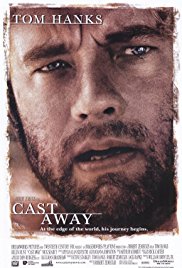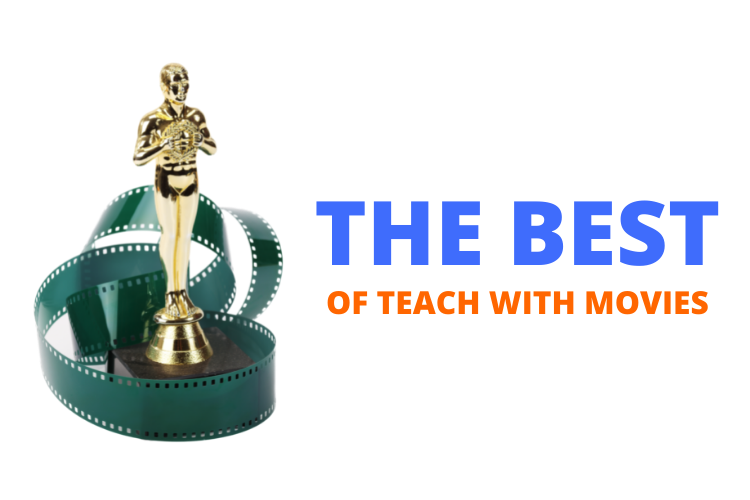After the class has seen the movie, engage the class in a discussion.
1. Chuck, as his job requires, is focused on the passage of time. Watches and clocks become a motif in the film, reiterating this point. What lesson does Chuck learn in his experience as a cast away and his return to society that deals with the element of time?
Suggested Response:
Answers will vary. Chuck seems to learn to live in the moment, not for the moment, a distinction that can be subtle in an individual’s life. He learns to live according to a more natural clock than one dictated by industry and the rush of modern life. He learns patience.
2. Although Chuck is sorely hurt by losing Kelly twice, once in the airplane crash and then later when she decides to remain with her husband, he finds solace in the angel wings on the package that he has kept throughout his experience and which he delivers at the end of the film. What do these wings symbolize? What does the delivery of the package after so many years symbolize?
Suggested Response:
The wings can have a variety of symbolic meanings. Most students will suggest that the wings represent hope; hope for physical survival while Chuck is on the island and hopes for love once he returns to civilization. The late delivery of the package symbolizes Chuck’s realization that even a delivery that is not on time can be a meaningful experience; or, in other words, that life is not lived according to time schedules.
3. Kelly has moved on with her life, remarried and now has a daughter. However, she tells Chuck that he is the love of her life. How can she reconcile her love for Chuck and her decision to keep her family intact? Once you have answered that question, describe what Kelly’s decision tell us about time.
Suggested Response:
Answers will vary. Kelly seems to know that the hands of a clock do not turn backwards; she has moved on, has new responsibilities and a loving family in her life. As to time, Kelly’s decision tells us that time does move on and can result in the loss of opportunity, but that it moves in terms of personal and biological time rather than time determined by clocks. While Chuck was gone, time passed, and Kelly moved on.
4. Wilson is important for Chuck when he is stranded; he is crushed when the volleyball is lost in his escape attempt. What does Wilson represent in terms of survival?
Suggested Response:
Wilson takes the edge off of Chuck’s loneliness. The volleyball represents both companionship and hope.
5. Music and sound play an important role in the telling of this story. It is not used simply to guide feeling. What did you notice about the film’s soundtrack and how did it emphasize events in the story?
Suggested Response:
The film is noisy as Chuck goes through his fast-paced days, his family meal, and his plane crash. Then on the island, there is silence, broken only by sounds of the ocean, wind, rain, and birds. Chuck must learn to adjust to living without the distractions of a noisy society. He must learn to go inside himself, to be alone, and to find a pace unregulated by the ticking of a clock.
For additional discussion questions that explore the expository phase, motif, symbol, development of theme and dramatic irony in this movie, see the Student Packet for the Cast Away Set-Up-the-Sub Lesson Plan. See also Questions for use with any Film that is a Work of Fiction.





